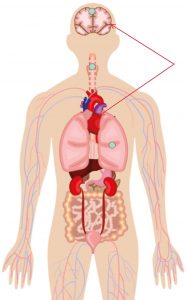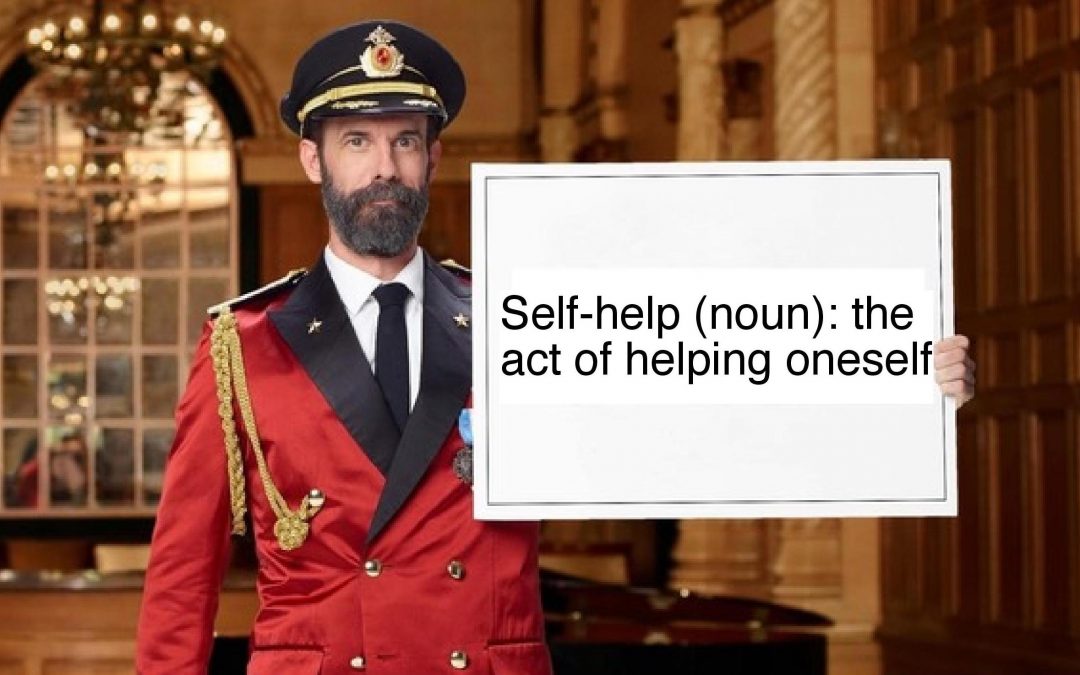If you’re familiar with computing or software design, you know what you see is what you get (WYSIWYG because everything has to be abbreviated) is a way to edit software or system configurations without any knowledge of coding. Rather, by enabling the user to see aspects or content roughly the way it will appear in context, those aspects or that content can be moved around, typically by right-clicking on whatever needs to be moved, dragging it, and dropping it into some more suitable place.
That’s not what this post is about.
While we’re at it, this post also isn’t about the song, released in 1971, by The Dramatics, the other song, released in 2000, by Britney Spears, or the other song, released in 2019, by Luke Combs. It’s not about supporting the self-help industry that’s projected to reach $14.0 billion by 2025 by suggesting you buy a bunch of books that will soon fill the shelves at Savers and Goodwill stores. And it’s definitely not about the film, released in 2010, written, directed, and starring, Al Carretta.
Oddly enough, this post is about helping yourself.
Parts
As human beings, we comprise all kinds of parts. And we have all kinds of blood vessels and nerves and such that feed those parts and send back signals from them. (“Take your hand out of the fire, dummy!”) But when it comes to helping ourselves, the only two parts that matter are indicated by the arrows in the figure to the right.
In most people, the brain is where the thinking is. It allows you to formulate thoughts. It enables you to process what you see and hear. It lets you decide how much of what you see and hear is real and how much of it to believe. It’s the part that gives you personality and lets you formulate a sense of yourself.
The heart is where the faith is. It’s what allows you to trust yourself, to believe in yourself. It’s what gives you conviction about what you think, what you see, what you hear, and what you recognize as truth. It’s what allows you to experience joy and sadness, gratitude, grief, and love. It’s where thinking is tempered with emotion.
Many folks are confused about all that. They think self-faith is something that can be acquired: “If I just buy enough books or take enough workshops or watch enough TED Talks or something, I’ll be good.” No. You are good. If you think otherwise, it’s only because you haven’t yet helped yourself. That’s why it’s call self-help.
Choice
It’s really pretty simple. You just have to choose to believe in yourself. That doesn’t mean it’s easy. There might be some change involved. There will almost certainly be some fear involved. But there will also be reward, great reward.
You have the two parts you need. It’s up to you to use them.
To believe our own thought, to believe that what is true for you in your private heart is true for all men — that is genius … A man should learn to detect and watch that gleam of light which flashes across his mind from within … Yet he dismisses without notice his thought, because it is his … Great works of art have no more affecting lesson for us than this. They teach us to abide by our spontaneous impression with good-humored inflexibility then most when the whole cry of voices is on the other side. Else, to-morrow a stranger will say with masterly good sense precisely what we have thought and felt all the time, and we shall be forced to take with shame our own opinion from another … Trust thyself: every heart vibrates to that iron string. (Ralph Waldo Emerson)

